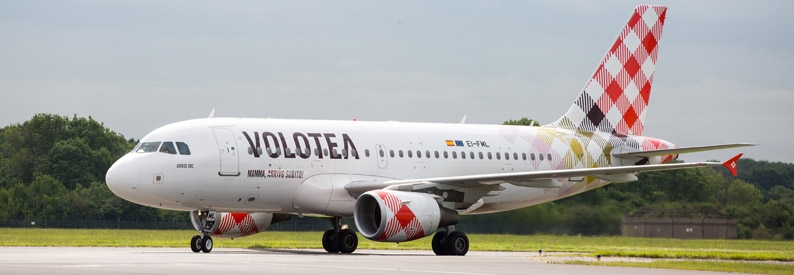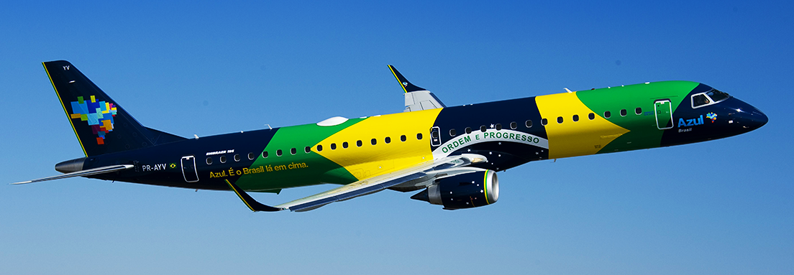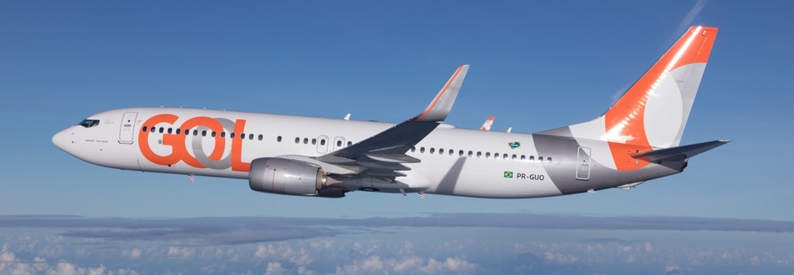GOL Linhas Aéreas Inteligentes (G3, São Paulo Congonhas) has hired the New York-based financial consultancy Seabury Capital to help it carry out “a broad review” of its capital structure, it said in a statement.
Among the objectives is a review of how to manage liabilities, financial transactions, and other measures aimed at improving liquidity and adjusting the fleet in the short and medium term.
The airline said that Seabury would work together with SkyWorks Holdings, another US advisory firm, to “continue ongoing negotiations with its aircraft lessors with the aim of achieving a comprehensive consensual restructuring of GOL’s fleet obligations.”
GOL’s plans to restructure its balance sheet, which triggered downgrades by S&P Global Ratings and Fitch Ratings, come as it grapples with heavy debts following the pandemic and ongoing high costs. In August, its share price tumbled as investors reacted negatively to details of a debt restructuring plan that were released, including warrants for a subscription of preferred shares and a potential dilution risk for shareholders.
Although the company has avoided bankruptcy protection while some of its peers accepted Chapter 11 reorganisations, the company said in March that it had been forced to carry out ten liability management processes or capital raises since early 2020, Bloomberg News reported.
In March, GOL gained access to a cash injection from its controlling shareholder, Abra Group, a holding company created to control operations at both GOL and avianca airlines (AV, Bogotá), but this has done little to hearten investors. In July, ch-aviation reported that the carrier faced multi-million dollar breach-of-contract lawsuits in New York filed by DAE Capital special purpose vehicles and associated trusts over outstanding lease payments on B737 aircraft.
Last month, GOL posted a BRL1.3 billion reais (USD265 million) net loss for the third quarter, despite achieving what it said was its highest-ever third-quarter revenue, BRL4.7 billion (USD957 million), up 16.4% compared to the same quarter last year. It largely blamed exchange rate fluctuations.







